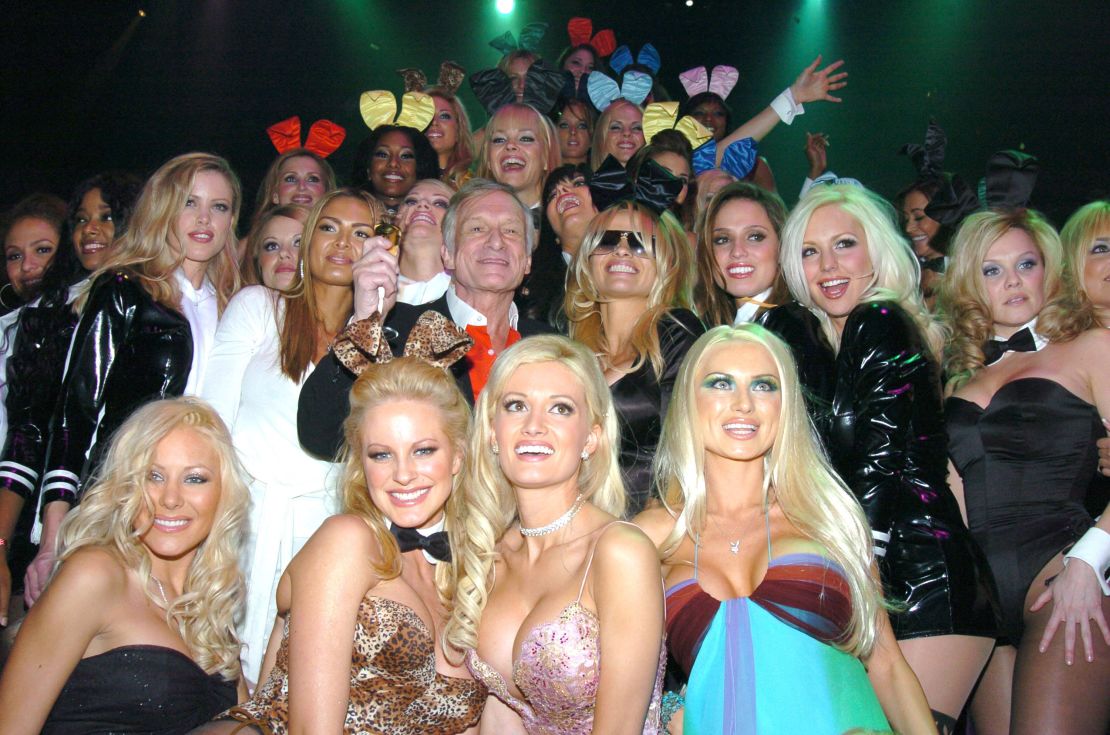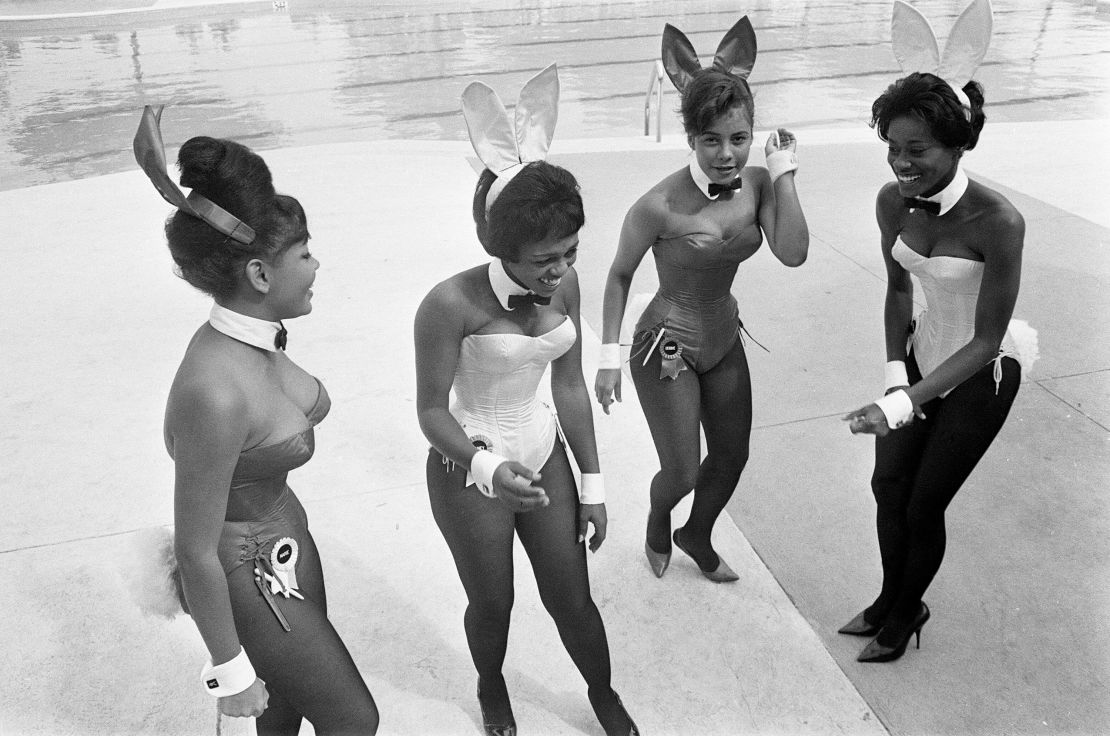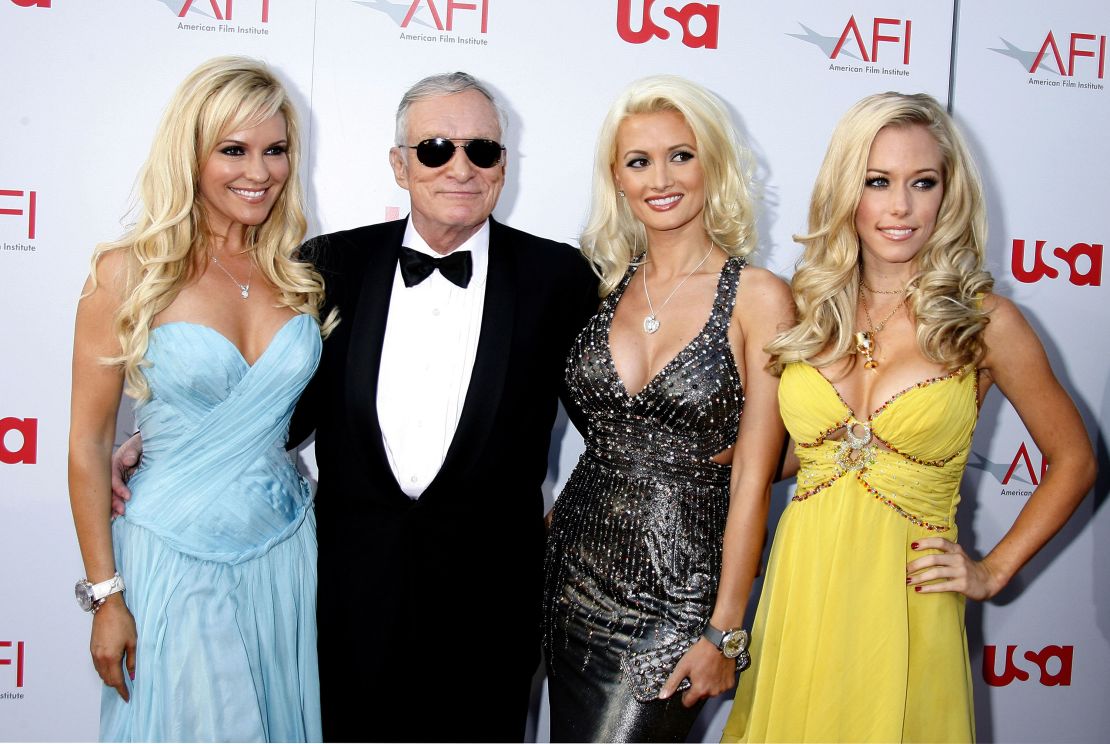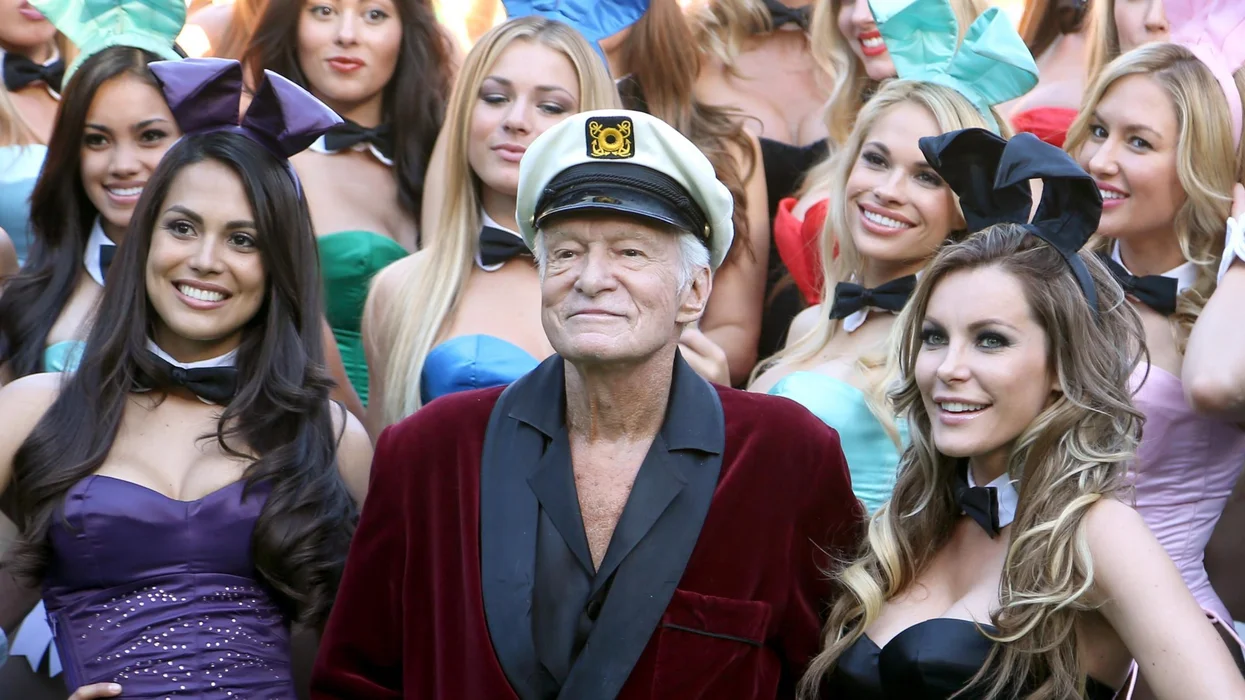Editor’s note: The opinions expressed in this comment are only those of writers. CNN is showing the work of the conversation, a collaboration between journalists and academics to provide analysis and news comments. The content is produced only by the conversation.
Hugh Hefner launched Playboy magazine 70 years ago this year. The first issue included a naked photograph or Marilyn Monroe, which had bought and published with its knowledge or consent.
Hefner uses to build the playboy brand of the innumerable women who appear in their pages, whose beauty and performance of female sexuality have entertained their readers during generations.
As he approached his 70th anniversary in December, Playboy has changed radically. With the magazine it is no longer in publication, the Playboy mansion was sold to a developer and the last Playboy club in London in 2021, what is the future for Playboy? The brand is changing to keep up with the world after#metao.
Hefner died a month before the accusations against film producer Harvey Weinstein in 2017 giving impulse to the #MeToo movement (which saw the survivors of sexual assault and harassment to speak against their abusers).
Read more: Sex, love and company … with AI? Why the relationships of the human machine could go in the mainstream
In recent years, many have re -evaluated Hefner’s legacy and relationships with women. The docuseries of 2022 “The Secrets of Playboy” (which were issued in channel 4 in the United Kingdom) detailed the accusations of inappropriate sexual behavior against Hefner of several ex -girlfriend, including the model Sondra Theodore and the Holly Madison television personality.

The relationship of Hefner and Playboy with women has been complicated. Playboy was one of the first defenders of abortion rights, helped finance the first violation kit and, sometimes, was one of the first defenders of inclusion (for example, with a transgender model, Caroline “Tula” Cossey, in its June 1981 edition). But most of the women who appear in Playboy have conceded within a standard beauty, white, white and blond.
Meanwhile, Hefner’s personal relationship with his much younger girlfriends followed control patterns and emotional abuse. The ex -girlfriend Holly Madison described Hefner how to treat her “as a glorified pet” in her 2015 memoirs, “Down the Rabbit Hole.”
Hepner’s adjustment meant that he evaded recognition with the #MeToo movement. Playboy, however, replied, launching a statement in which he affirmed the support to the women who appeared in “The Secrets of Playboy” and described Hefner’s actions as “abhorrent.”
The statement declared that the brand was no longer affiliated with the lifting family and would focus on aspects of the company’s legacy that are aligned with the values of sexual positivity and free expression.
Read more: the ‘MILF’: A letter of cultural history, of Mrs. Robinson to Stifler’s mother
Today, Playboy is a very different company from The One Lifter launched almost 70 years ago. Approximately 80% of Playboy Staff Idoma women, according to the company, and its motto has changed “entertainment for men” to “pleasure for all.” The company’s actions are negotiated publicly and 40% of its Board and Administration are women.
The company has also moved towards more content led by the creator through its application, Playboy Centerfold. Similar to the subscription content service only, Playboy Centerfold allows subscribers to see content and interact with its creators, which they call “rabbits.”

In the application, creators, or bunnies are able to portray their own bodies they want, putting power in their hands. Perhaps the future of Playboy is no longer to serve the male look, but that the same audience that Hefner ruled out in his first letter from the editor:
“If you are a man between the ages of 18 and 80, Playboy is meeean for you … If you are someone’s sister, wife or mother -in -law and you picked us up for fog, please pass the man of your life and return to your women’s housemate.”
The stars of the reality series of mid -200,000 of Playboy, Holly Madison and Bridget Marquardt, are also enjoying a resurgence among fans.
“The Girls Next Door” was launched in 2004. The program focused on the life of Hefner’s three girlfriends, Madison, Marquardt and Kendra Wilkinson. It became the best E and and cultivated show and cultivated a new women’s audience for Playboy.
“The Girls Next Door” was a history of complicated empowerment despite the patriarchal interference. His three female protagonists obtain from being known only as some of Hefner’s many blond brides, to celebrities in their own right.
Each ultimately broke with Hefner, leaving the mansion and continued with successful races.
The description of the Madison, Marquardt and Wilkinson program as empowered individuals, lovers of fun and complexes, who found joy and agency in expressing their sexuality, perhaps were so many fans to the program. However, in the midst of girls’ struggle for the agency, Hefner retaliates.

The series shows that it maintained the final final in each Playboy photograph of the girls, as well as imposing touches of strict remains and expense assignments.
In the memoirs of Madison and Wilkinson, “Down the Rabbit Hole” and “sliding at home,” they affirm that production constantly undermined them. They refused to pay them for the first season, did not accredit them until the fourth season and issued their naked bodies without censorship in foreign transmissions and DVD releases without consent.
Read more: #Metoo in Space: We must address the potential for sexual harassment and assault away from Earth
The interest of fans in “The Girls Next Door” is still strong. In August 2022, Madison and Marquardt launched their “Girls Next Level” podcast, where they interview previous playmates and interact with fans. They also recapitulate episodes of their own points of view, unpacking their experiences of working on the program.
Having reached 10 million downloads as of February 2023, the success of the podcast, 14 years after the last episode of “The Girls Next Door”, speaks of the cultural legacy of the Playboy brand. It also shows that despite the note of the original Hefner editor, Playboy resonates with some women.
Playboy is now in an era after hefner, where the images of women who are within the old playboy songs can serve as an inspiration for others to enjoy their own sexuality. Whatever the future for the company, the concept of Playboy has become public property, either in the appearance of Playboy Bunny’s costumes every Halloween, the popular of the blatant tattoos of the Playboy logo or lingerie and brand clothing.
In an era after#metao, Playboy’s women are talking and assuming the position. With the doors of the closed mansion, rabbits are finally recovering the brand as theirs.



